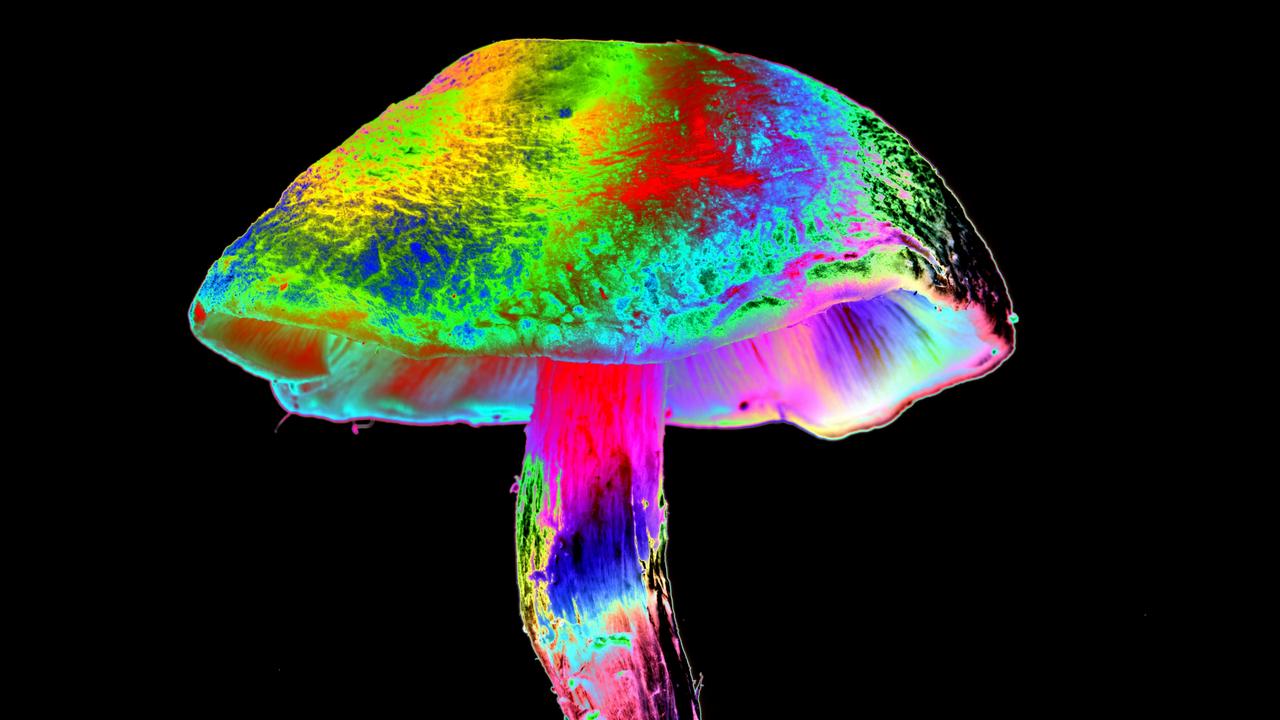All Regarding Psychotomimetic Substances: Their Role in Psychological Research Study
Psychotomimetic substances, such as LSD and psilocybin, have gathered raising interest in mental study for their ability to duplicate psychotic signs and symptoms and provide understanding right into different psychological wellness disorders. Their interactions within the mind, specifically through serotonin and dopamine pathways, recommend a facility relationship between consciousness and neurobiology that may open unique therapeutic opportunities. As researchers proceed to explore their possible applications, ethical considerations surrounding their use in professional setups end up being critical, elevating critical concerns concerning safety and security and educated permission that call for additional expedition.
Meaning of Psychotomimetic Compounds
In the world of emotional research, psychotomimetic compounds are compounds that can generate results looking like those of psychosis, such as hallucinations, delusions, and altered perceptions of reality - About Golden Psycho. These compounds can be categorized right into different categories, consisting of hallucinogens, dissociatives, and specific stimulants, each producing unique psychological effects
The medicinal activity of psychotomimetic compounds usually entails modulation of natural chemical systems, especially those pertaining to serotonin, dopamine, and glutamate. As an example, substances like lysergic acid diethylamide (LSD) primarily act on serotonin receptors, causing extensive modifications in sensory assumption and cognition.
The energy of psychotomimetics in research study hinges on their ability to mimic psychotic signs and symptoms, supplying a design for understanding the hidden systems of psychotic disorders such as schizophrenia. By researching the impacts of these compounds, scientists can gain understandings into the neurobiological and psychological procedures that add to psychosis.
In addition, psychotomimetic compounds have actually been checked out for their restorative potential in dealing with various psychological health and wellness problems, including anxiety and anxiety, highlighting their twin duty in both research study and possible clinical applications.
Historic Development and Context
The exploration of psychotomimetic substances has a rich historic context that dates back to old worlds, where materials such as psilocybin mushrooms and peyote were used in spiritual and recovery practices. These very early usages commonly linked with religious routines, suggesting a profound respect for the altered states of awareness generated by these compounds.
The mid-20th century noted a significant turning factor in the study of psychotomimetic compounds, specifically with the synthesis of LSD by Albert Hofmann in 1938. The subsequent popularization of LSD in the 1960s militarized a wave of interest in both its mental impacts and possible therapeutic applications. Researchers began to explore how these compounds can mimic psychotic states, offering insights right into psychological illness.
Nonetheless, the raising association of psychotomimetics with counterculture movements caused governing reaction, finishing in the criminalization of a lot of these compounds. Despite these challenges, the revival of passion in the healing possibility of psychedelics in the 21st century has prompted renewed study. This historical trajectory highlights the progressing understanding of psychotomimetic substances, transforming from sacred compounds to subjects of scientific inquiry and, potentially, therapeutic promise.
Mechanisms of Action
Comprehending the systems of activity of psychotomimetic compounds discloses the intricate site link ways these materials engage with the brain's neurochemistry. These substances mostly apply their results via inflection of neurotransmitter systems, specifically serotonin, dopamine, and glutamate.
In enhancement to serotonin, dopaminergic paths are considerably influenced by substances like mescaline and particular cannabinoids, which can bring about altered states of consciousness and changes in mood and motivation. read here Moreover, the NMDA receptor antagonism observed with substances like ketamine highlights an additional path where psychotomimetics might cause dissociative states and profound modifications in believed processes.
The neurochemical cascades launched by these communications result in complicated and diverse emotional impacts. Recognizing these devices is essential for both the advancement of emotional research and the healing possibility of psychotomimetic compounds, as they offer understandings right into the underlying neural correlates of modified states of consciousness.
Current Study and Applications
Current investigations into psychotomimetic substances have exposed a resurgence of rate of interest in their healing applications, particularly in the areas of psychiatry and psychology. Scientists have started checking out compounds such as psilocybin, LSD, and ayahuasca for their prospective to alleviate symptoms related to numerous mental wellness conditions, consisting of anxiety, anxiety, and PTSD.
Scientific tests have demonstrated that, when provided in controlled settings, these substances can assist in extensive psychological experiences, advertising emotional advancements and improved therapeutic outcomes. Researches have actually shown that psilocybin-assisted therapy can lead to substantial decreases in treatment-resistant anxiety, with effects lasting for several months post-treatment.
Additionally, psychotomimetic compounds are being evaluated for their capacity to promote neuroplasticity, potentially enabling even more effective rewiring of maladaptive idea patterns. These findings recommend that such substances may serve as complements to conventional psychotherapeutic methods, improving the efficacy of healing interventions.
As study advances, the emphasis is view publisher site moving towards recognizing the ideal does, restorative setups, and participant characteristics that can optimize the benefits of these substances. This growing area holds promise for changing mental health and wellness treatment paradigms and resolving the restrictions of traditional psychological medications.
Honest Factors To Consider in Research

Browsing the ethical landscape of research study involving psychotomimetic compounds is important to ensuring participant safety and the honesty of study outcomes. Scientists need to prioritize informed consent, making sure that participants completely recognize the prospective threats and benefits related to the compounds being studied. This includes giving detailed info concerning feasible psychological impacts, consisting of intense and long-term influences, and permitting individuals the chance to withdraw from the research at any moment scot-free.
Moreover, honest oversight by institutional evaluation boards (IRBs) is vital. IRBs review research study methods to guard individual welfare and maintain moral criteria. This scrutiny helps mitigate risks and guarantees that research studies are carried out with clinical roughness. In addition, the possibility for threat have to be meticulously assessed, especially when vulnerable populaces are entailed.
Discretion is an additional vital consideration. Researchers need to implement robust measures to protect participants' identities and information, specifically given the delicate nature of experiences related to psychotomimetic compounds (About Golden Psycho). Ultimately, a commitment to moral practices not just promotes count on in between researchers and participants yet likewise enhances the reliability and legitimacy of the research study end results, adding to the development of emotional understanding

Final Thought
Finally, psychotomimetic substances, especially classic psychedelics such as LSD and psilocybin, deal significant understandings into psychological problems through their unique systems of action. Their healing capacity in addressing problems like anxiety and PTSD underscores the relevance of ongoing research in this area. Making sure moral standards in study techniques is essential for individual safety and notified approval, allowing for an accountable expedition of these substances' benefits and implications within mental scientific research.